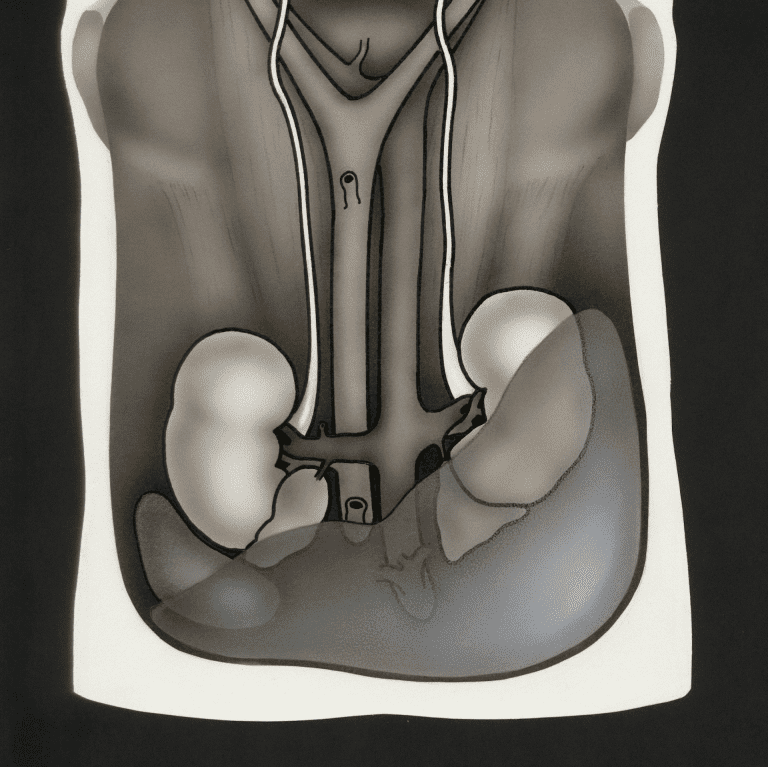Key Takeaways
-
Medicare Advantage and Supplement Plans serve different needs. Your choice depends on your healthcare preferences, budget, and lifestyle.
-
Understanding the benefits, costs, and limitations of each option is key to making an informed decision for 2025.
The Basics: Medicare Advantage vs. Supplement Plans
If you’re exploring Medicare options, you’ve likely come across two popular choices: Medicare Advantage (Part C) and Medicare Supplement Plans (Medigap). Both aim to enhance Original Medicare (Parts A and B), but they do so in very different ways. Choosing the right one involves understanding their structure, benefits, and how they align with your healthcare needs in 2025.
What is Medicare Advantage?
Medicare Advantage plans, also known as Part C, are an alternative to Original Medicare. These plans are offered by private insurers approved by Medicare and provide all your Part A (hospital) and Part B (medical) coverage. Many include additional benefits such as dental, vision, and hearing services, as well as prescription drug coverage.
Key Features:
-
Comprehensive Coverage: Combines hospital, medical, and often prescription drug coverage into one plan.
-
Network-Based Care: Most plans use provider networks like HMOs or PPOs, meaning you’ll need to stick to in-network providers for lower costs.
-
Caps on Out-of-Pocket Costs: In 2025, the maximum in-network out-of-pocket limit is $9,350, offering financial predictability for covered services.
-
Additional Benefits: Often includes extras like wellness programs, transportation, and gym memberships.
What are Medicare Supplement Plans?
Medicare Supplement Plans (Medigap) work alongside Original Medicare to cover out-of-pocket costs such as copayments, coinsurance, and deductibles. These plans don’t include additional benefits like dental or vision but focus on filling the “gaps” in Medicare coverage.
Key Features:
-
Broader Provider Access: Medigap policies don’t restrict you to a network. Any provider that accepts Medicare will accept your Supplement Plan.
-
Predictable Costs: They provide more stable out-of-pocket expenses, especially for frequent healthcare users.
-
No Drug Coverage: You’ll need a separate Part D plan for prescriptions.
-
State-Regulated Options: Plans are standardized and identified by letters (e.g., Plan G, Plan N), but availability varies by state.
Comparing Costs in 2025
Cost is often a deciding factor when choosing between Medicare Advantage and Supplement Plans. While both options require you to continue paying your Part B premium ($185 monthly in 2025), their other costs can vary significantly.
Medicare Advantage Costs:
-
Premiums: Some plans have low premiums, but this often depends on the level of coverage and your location.
-
Copayments and Coinsurance: Costs for doctor visits, hospital stays, and other services are paid as you use them.
-
Out-of-Pocket Limits: Provides a financial safety net, but you’re still responsible for costs up to the limit.
Medigap Costs:
-
Premiums: Generally higher than Medicare Advantage, but they replace many out-of-pocket expenses.
-
No Limits: Medigap doesn’t include a cap on annual expenses, but it minimizes them significantly.
Coverage Differences: What’s Included?
Understanding the scope of coverage is crucial in making your decision. Each option caters to different healthcare needs and lifestyles.
Medicare Advantage:
-
Bundled Benefits: Covers hospital, medical, and often prescription drugs.
-
Preventive Services: Includes annual wellness visits and screenings.
-
Limited Flexibility: Care is usually tied to network providers, and referrals may be required.
Medicare Supplement Plans:
-
Focused on Gaps: Covers expenses like Part A deductibles and Part B coinsurance.
-
Wider Access: No network restrictions, making it ideal for frequent travelers or those who live in multiple locations.
-
No Extra Perks: Doesn’t include dental, vision, or drug coverage.
Lifestyle Considerations
Your daily routine and healthcare preferences play a significant role in deciding between these options. Ask yourself the following:
-
Do you prefer simplicity? Medicare Advantage combines multiple benefits into one plan, which may simplify your healthcare management.
-
Do you travel frequently? Medigap’s unrestricted access to providers nationwide is better suited for those who are on the move.
-
How often do you see specialists? Medigap may offer more flexibility, while Medicare Advantage often requires referrals.
Enrollment Periods and Timelines
Choosing the right plan requires you to stay aware of enrollment periods. Missing these windows could mean delays or penalties.
Medicare Advantage:
-
Initial Enrollment Period (IEP): Begins three months before your 65th birthday and ends three months after.
-
Open Enrollment Period (OEP): January 1 to March 31, allowing current enrollees to switch plans or return to Original Medicare.
-
Annual Enrollment Period (AEP): October 15 to December 7 for making changes that take effect the following year.
Medigap:
-
Open Enrollment Period: Starts the month you turn 65 and enroll in Part B. During this six-month period, you can join any Medigap plan without medical underwriting.
-
Outside Open Enrollment: You may face restrictions or higher premiums based on your health status.
Navigating Prescription Drug Coverage
Prescription drug coverage is a vital consideration, as neither Original Medicare nor Medigap includes it.
-
Medicare Advantage: Many plans bundle drug coverage, making it a convenient option for managing all your healthcare needs in one place.
-
Medigap: Requires you to purchase a separate Part D plan, which adds another layer of management but may offer broader choices.
Which Plan is Right for You?
Choosing between Medicare Advantage and Supplement Plans boils down to your healthcare priorities, budget, and lifestyle. Here’s a quick guide to help you decide:
-
Choose Medicare Advantage if:
-
You want an all-in-one plan with additional perks.
-
You’re comfortable using network providers and don’t require extensive travel.
-
You prefer lower upfront costs with predictable annual caps.
-
-
Choose Medigap if:
-
You prioritize freedom to see any doctor or specialist.
-
You have a higher budget for premiums but want minimal out-of-pocket expenses.
-
You travel frequently or live in multiple states.
-
Preparing for the Future
Healthcare needs change, and so can your preferences. Whether you’re new to Medicare or considering a switch, regularly reviewing your plan ensures it continues to meet your needs. Keep these tips in mind:
-
Assess Your Health Annually: Changes in health conditions may require different coverage.
-
Stay Informed About Costs: Premiums, deductibles, and out-of-pocket limits can vary each year.
-
Understand Plan Changes: Review Annual Notice of Change (ANOC) letters during Open Enrollment.
Tailor Your Medicare Choice for 2025
Medicare Advantage and Supplement Plans each have their strengths. The right choice depends on how you balance coverage needs, cost considerations, and lifestyle factors. Understanding these differences equips you to make an informed decision—one that aligns with your health goals and financial plans for 2025.










